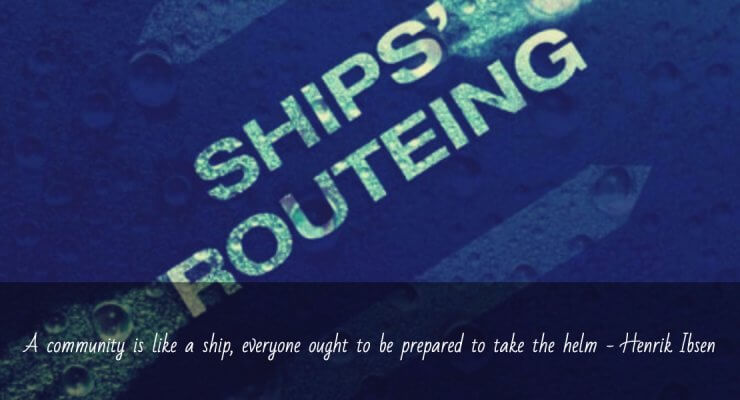The Purpose The purpose of ship's routeing is to improve the safety of navigation in converging areas and in areas where the density of traffic is great or where freedom of movement of shipping is inhibited by restricted sea room, the existence of obstruction to navigation, limited depths or unfavorable meteorological conditions. Objective: The objectives of any routeing system will depend upon the particular hazardous circumstances which it is intended to alleviate, but may include some or all of the following:1. The separation of opposing streams of traffic so as to reduce the … [Read more...]
